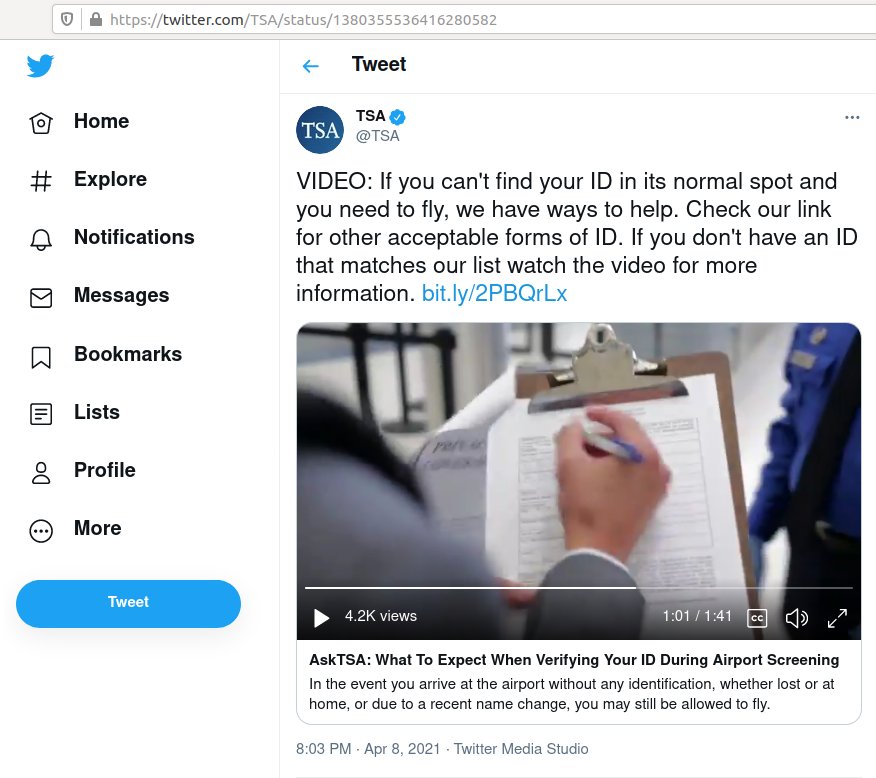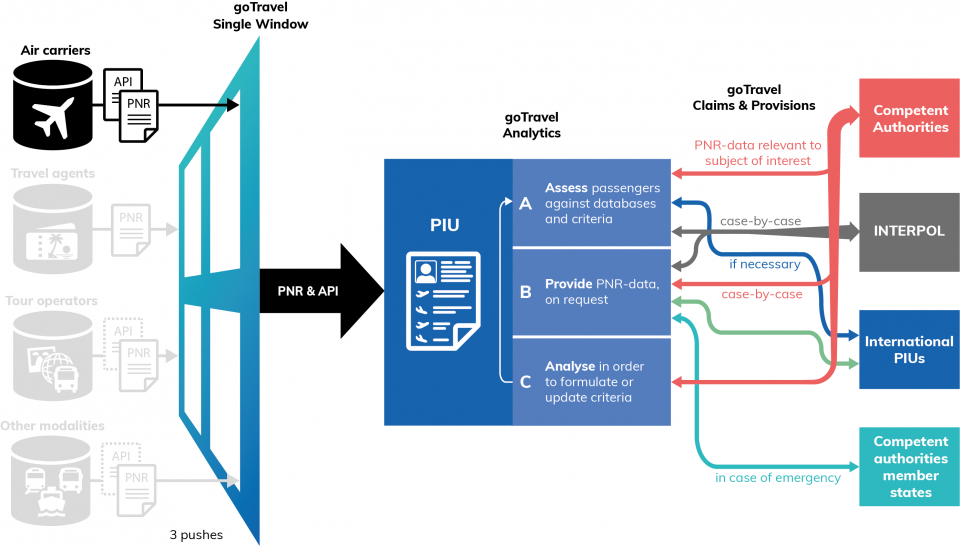DHS wants to put REAL-ID drivers licenses on smartphones
The Department of Homeland Security has published a Request For Information (RFI) from vendors and other stakeholders regarding standards for drivers licenses and other IDs stored on smartphones or other mobile devices to be considered compliant with the REAL-ID Act of 2005.
Responses to the RFI are due by June 18, 2021.
The amendments to the REAL-ID Act signed into law at the end of 2021 included provisions authorizing the DHS to certify digital ID credentials as “REAL-ID compliant”. That certification can’t happen, though, until the DHS promulgates new regulations.
The RFI published in the Federal Register this week is not formerly part of such a rulemaking, but appears to be part of the preparations for it.
A “mobile ID” would consist of a certificate digitally signed by a state department of motor vehicles. The RFI contemplates a process through which “individuals would electronically send identity verification information to the DMV to establish their identities and ownership of the target device.” No explanation or justification is provided for why or how a digitally-signed certificate would be, or should be, bound to a specific device, rather than simply provided as a file that can be stored on any digital device or storage medium.
It’s just as easy to loan a smartphone or other mobile device to another person whose appearance is similar as it is to loan a physical ID card to another person.
A drivers license rarely needs to be displayed, and in the form of a wallet-sized plastic card it can be kept in a relatively secure pocket or compartment of a purse. A smartphone, in marked contrast, is likely to be frequently consulted and carried in a location on one’s person that is much more exposed and vulnerable to snatch-thieves than one’s wallet.
A smartphone is already, for many people, vulnerable as a single point of failure for identity and password management. Binding a digital ID to a specific smartphone appears likely to increase the risk and exacerbate the consequences of smartphone theft as a method of identity theft.
The RFI says that the DHS is considering incorporating the American Association of Motor Vehicle Administrators Mobile Driver License (mDL) Implementation Guidelines (April 2019) in the DHS standards and regulations, and the DHS seeks comments on those AAMVA guidelines. But those AAMVA guidelines are posted only on the “members-only” portion of the AAMVA website, and aren’t available to the public.
In the past, when we reposted specifications for the AAMVA’s national REAL-ID database that AAMVA had posted for years on the public portion of its website, AAMVA not only moved those specifications to to the members-only portion of its website, but asserted their copyright and threatened us with litigation to get us to take them off our site.
The DHS notice purporting to invite the public to submit comments on a secret document, not available to the public, that might be incorporated into DHS regulations, exemplifies everything that is wrong with both secret law and the outsourcing of “lawmaking” to entities such as AAMVA that are nominally private and not subject to Federal or state freedom of information, public records, or open meetings laws.
There’s no indication in the RFI as to when or how the DHS plans to move forward with the separate rulemaking and approval procedures that will be required if it is to follow through on its threats to start turning away would-be air travelers at TSA checkpoints if they don’t have REAL-ID approved ID or don’t have or show any ID.

